by Susan Flantzer
© Unofficial Royalty 2015

Prince Philip, Duke of Edinburgh (1921 – 2021)
(All photos credits – Wikipedia unless otherwise noted)
His Royal Highness Prince Philip, Duke of Edinburgh, husband of Queen Elizabeth II of the United Kingdom, was born at Mon Repos on the Greek island of Corfu on June 10, 1921, as His Royal Highness Prince Philippos of Greece and Denmark. He was the only son and the youngest of the five children of Prince Andrew (Andreas) of Greece and Denmark and Princess Alice of Battenberg. His father was the seventh of the eight children of King George I of Greece (born Prince Vilhelm of Denmark) and Grand Duchess Olga Konstantinovna of Russia. His mother was the eldest of the four children of Prince Louis of Battenberg (later Louis Mountbatten, 1st Marquess of Milford Haven) and Princess Victoria of Hesse and by Rhine. Prince Philip shares his 20 first cousins with his siblings Princess Margarita of Greece, Princess of Hohenlohe-Langenburg; Princess Theodora of Greece, Margravine of Baden; Princess Cecilie of Greece, Hereditary Grand Duchess of Hesse; and Princess Sophie of Greece, Princess of Hesse, Princess of Hanover.
A descendant of Queen Victoria of the United Kingdom through his mother
Queen Victoria → Princess Alice of the United Kingdom → Princess Victoria of Hesse and by Rhine → Princess Alice of Battenberg → Prince Philip of Greece and Denmark
A descendant of King Christian IX of Denmark through his father
King Christian IX of Denmark → King George I of Greece (born Prince William of Denmark) → Prince Andrew of Greece and Denmark → Prince Philip of Greece and Denmark
A descendant of Peter the Great of Russia and Catherine the Great of Russia through his father
Emperor Peter I (the Great) → Grand Duchess Anna Petrovna → Emperor Peter III of Russia married Empress Catherine II (the Great) (born Sophie of Anhalt-Zerbst) → Emperor Paul → Emperor Nicholas I → Grand Duke Konstantin Nikolayevich of Russia → Grand Duchess Olga Konstantinovna of Russia → Prince Andrew of Greece and Denmark → Prince Philip of Greece and Denmark
********************
Prince Philip’s Paternal Aunts and Uncles: Children of King George I of Greece and Grand Duchess Olga Konstantinovna of Russia
- King Constantine I of Greece (1868 – 1923), married Princess Sophie of Prussia, had issue
- Prince George of Greece (1869 – 1957), married Princess Marie Bonaparte, had issue
- Princess Alexandra of Greece, Grand Duchess Alexandra Georgievna of Russia (1870 – 1891), married Grand Duke Paul Alexandrovich of Russia, had issue
- Prince Nicholas of Greece (1872 – 1938), married Grand Duchess Elena Vladimirovna of Russia, had issue
- Princess Maria of Greece (1876 – 1949), married (1) Grand Duke George Mikhailovich of Russia, had issue; (2) Admiral Perikles Ioannidis, no issue
- Princess Olga (born and died1880), died in infancy
- Prince Christopher of Greece (1888 – 1940), married (1) Nancy Leeds, no issue; (2) Princess Françoise of Orléans, had issue
********************
Prince Philip’s Maternal Aunts and Uncles: Children of Prince Louis of Battenberg (later Louis Mountbatten, 1st Marquess of Milford Haven) and Princess Victoria of Hesse and by Rhine
- Princess Louise of Battenberg, later Lady Louise Mountbatten, Queen of Sweden (1889-1965), married King Gustaf VI Adolf of Sweden, no issue
- Prince George of Battenberg, later 2nd Marquess of Milford Haven (1892-1938), married Countess Nadejda Mikhailovna de Torby, had issue
- Prince Louis of Battenberg, later 1st Earl Mountbatten of Burma (1900-1979), married Edwina Ashley, had issue
********************
Paternal First Cousins: Children of King Constantine I of Greece and Princess Sophia of Prussia

King George II of Greece (1890 – 1947)
King George II of Greece reigned from 1922-1924 when he was deposed by a coup and from 1935 until his death in 1947. George married Princess Elisabeth of Romania, daughter of King Ferdinand of Romania and Princess Marie of Edinburgh. The couple had no children and divorced in 1935.
Unofficial Royalty: King George I of Greece
***********************

King Alexander I of Greece (1893 – 1920)
King Alexander I of Greece succeeded his father King Constantine I in 1917 after his father and elder brother Crown Prince George, later King George I, were forced into exile. Alexander made a controversial marriage to the commoner Aspasia Manos. The couple had one child Princess Alexandra who married King Peter II of Yugoslavia. Alexander was a puppet king throughout his reign. He died in 1920 at the age of 27 from blood poisoning as a result of a monkey bite. After his death, his father King Constantine I was restored to the throne.
Unofficial Royalty: King Alexander I of Greece
***********************

Princess Helen of Greece and Denmark, Queen Mother of Romania (1896 – 1982)
The eldest daughter in her family, Princess Helen married Crown Prince Carol of Romania in 1921. In 1925, Carol began an affair and at the end of the year, he renounced his rights to the throne and left Romania with his mistress. Helen and Carol’s only child Michael became the heir apparent to the Romanian throne. Michael succeeded to the throne in 1927 upon the death of his grandfather King Ferdinand.
In 1928, Helen and Carol’s marriage was officially dissolved. In 1930, a coup restored Carol to the throne and Michael was demoted to Crown Prince and remained in Romania. Helen went into exile and only saw her son for two months each year. King Carol reigned for 10 years when another coup restored his son Michael to the throne. King Michael reigned until 1947 when he was forced to abdicate by the Romanian Communists.
Helen again went into exile and lived at Villa Sparta in San Domenico, Italy. She later moved to Lausanne, Switzerland and died there in 1982 at the age of 86.
Unofficial Royalty: Princess Helen of Greece and Denmark
Unofficial Royalty: King Michael (Mihai) of Romania
***********************

King Paul I of Greece (1901 – 1964)
The third of King Constantine I’s three sons to become king, King Paul I succeeded to the throne upon the death of his brother King George II in 1947. Paul married Princess Frederica of Hanover, another descendant of Queen Victoria. They had three children: Princess Sofia who married King Juan Carlos of Spain, King Constantine II of Greece who married Princess Anne-Marie of Denmark, and Princess Irene who never married. King Paul died from cancer in 1964 and was succeeded by his son King Constantine II. Constantine II was forced to leave Greece after an unsuccessful coup to overthrow a military junta. In 1973, the Greek monarchy was officially abolished.
Unofficial Royalty: King Paul I of Greece
***********************

Princess Irene of Greece and Denmark, Duchess of Aosta (1904 – 1974)
Princess Irene of Greece married Prince Aimone, 4th Duke of Aosta whose father reigned Spain briefly as King Amadeo and whose paternal grandfather was King Vittorio Emanuele II of Italy. Irene and her husband had one child, Prince Amedeo, 5th Duke of Aosta who was born in 1943. Irene’s husband was nominally King Tomislav II of Croatia from 1941 to 1943. Irene died in 1974 in Fiesole, Italy.
Unofficial Royalty: Princess Irene of Greece and Denmark, Duchess of Aosta
***********************

Princess Katherine of Greece and Denmark, The Lady Katherine Brandram (1913 – 2007)
Princess Katherine was 23 years younger than her eldest sibling and spent much of her early life living in exile. Her father died when she was 10 years old and her mother died when she was 19 years old. Katherine was educated in England and married an English commoner, Richard Campbell Brandram. She received permission to style herself The Lady Katherine Brandram from King George VI, who also granted her the status of a duke’s daughter in the order of precedence. This style was valid only within the United Kingdom, and she remained Princess Katherine of Greece and Denmark. Katherine and her husband had one child Richard Paul George Andrew Brandram, known as Paul, who was born in 1948. She attended the wedding of her first cousin Prince Philip and also the 80th birthday service for Prince Philip in 2001. Katherine was the last surviving great-granddaughter of Queen Victoria. She died in 2007 at the age of 94.
Telegraph: Obituary – Lady Katherine Brandram
Unofficial Royalty: Princess Katherine of Greece and Denmark, The Lady Katherine Brandram
***********************
Paternal First Cousins: Children of Prince George of Greece and Denmark and Princess Marie Bonaparte

Prince Peter of Greece and Denmark (1908 – 1980)
Prince Peter was the only son of the second Prince George of Greece, the second son of King George I of Greece. He was an anthropologist who specialized in Tibetan culture. His mother Princess Marie Bonaparte was an author and a psychoanalyst who worked with Sigmund Freud and who financially helped Freud escape from Nazi Germany.
Peter held a doctorate of law from the University of Paris and a doctorate in anthropology from the London School of Economics. He forfeited his succession rights to the Greek throne by marrying a Russian commoner, Irina Aleksandrovna Ovtchinnikova. After the death of his uncle King Paul I, Peter was upset when the succession laws were changed to allow female dynasts. At the time his cousin King Constantine II was not married and the heir to the throne was Constantine’s younger, unmarried sister Princess Irene. Peter refused to recognize this and declared that he should be the heir presumptive. This train of thought continued when King Constantine II’s first child was a daughter, Princess Alexia, and she was then the heir presumptive to the throne.
After the end of the Greek monarchy, Peter sold all his possessions in Greece and lived in London, Paris, and Copenhagen. He died in London in 1980 and was buried at the Danish palace Bernstorff as the Greek government would not allow him to be buried at Tatoi, the burial place of the Greek royals.
Wikipedia: Prince Peter of Greece
***********************

Princess Eugénie of Greece and Denmark, Duchess of Castel Duino (1910 – 1989)
Princess Eugénie was the only daughter and the youngest child of Prince George of Greece and Denmark. She attended the wedding of her cousin Prince Philip and the future Queen Elizabeth II of the United Kingdom. Eugénie married twice. First, she married Prince Dominik Rainer Radziwiłł in 1938, but the couple divorced in 1946. They had a son and a daughter. Then Eugénie married Prince Raymundo della Torre e Tasso, Duke of Castel Duino. The couple had one son, but that marriage also ended in divorce. Eugénie died in Geneva, Switzerland in 1989 at the age of 79. A year after her death, her biography of Alexei Nikolaevich, Tsarevich of Russia, Le Tsarevitch, Enfant Martr, was published.
Wikipedia: Princess Eugénie of Greece and Denmark
***********************
Paternal First Cousins: Children of Princess Alexandra of Greece and Denmark, Grand Duchess Alexandra Georgievna of Russia and Grand Duke Paul Alexandrovich of Russia

Grand Duchess Maria Pavlovna of Russia (1890 – 1958)
Grand Duchess Maria Pavlovna of Russia and her younger brother Grand Duke Dmitri Pavlovich of Russia were not only first cousins of Prince Philip, but also first cousins of Nicholas II, Emperor of All Russia. Maria and Dmitri’s father Grand Duke Paul Alexandrovich was the youngest sibling of Nicholas II’s father, Alexander III, Emperor of All Russia. Maria is known as “Maria Pavlovna the Younger” so she is not confused with her aunt by marriage, the wife of her uncle Grand Duke Vladimir Alexandrovich, who is known as “Maria Pavlovna the Elder”.
Maria’s mother, born Princess Alexandra of Greece and Denmark, died from complications while giving birth to Maria’s younger brother Dmitri when Maria was not yet two years old. Four years after the death of his wife, Maria’s father married a commoner without the permission of EmperorNicholas II. The marriage had taken place outside Russia, and the Emperor refused to allow the couple to return to Russia. Maria and her brother Dmitri were mostly raised by their uncle Grand Duke Sergei Alexandrovich and his wife Grand Duchess Elizabeth Feodorovona, who had been born Princess Elisabeth of Hesse and by Rhine.
When Maria was 16 years old, she married Prince Wilhelm, Duke of Södermanland, the second son of King Gustav V of Sweden. The couple had one child, Prince Lennart, Duke of Småland, and later Count Bernadotte af Wisborg, but the marriage was not a happy one and it was officially dissolved. Maria had to leave her son in Sweden where he was raised by his paternal grandmother Queen Victoria, wife of King Gustav V of Sweden.
In 1917, Maria married Prince Sergei Mikhailovich Putyatin. Their son, Prince Roman Sergeievich Putyatin, died in infancy. With the situation in Russia becoming worse for the Romanovs, Maria and her husband Sergei left Russia and were helped by Maria’s first cousin Queen Marie of Romania. Maria divorced her second husband and her exile took her from Romania to Paris, and then to the United States and Argentina, and finally to Germany where she died in 1958 at the age of 68.
Unofficial Royalty: Grand Duchess Maria Pavlovna of Russia
***********************

Grand Duke Dmitri Pavlovich of Russia (1891 – 1942)
Grand Duke Dmitri Pavlovich’s claim to fame is that he was one of the conspirators who murdered the mystic faith healer Grigori Rasputin, who had much influence over Dmitri’s cousin Nicholas II, Emperor of All Russia and his family. As explained above, Dmitri’s mother died due to complications during his birth. After Rasputin’s murder, Dmitri was exiled to Persia (now Iran), a move that most likely saved his life. After the Russian Revolution, Dmitri lived in exile in Paris where he had an affair with the fashion designer Coco Chanel. Dmitri married American heiress Audrey Emery in 1926, but the couple divorced in 1937. The marriage produced one child, Paul Ilyinsky, who was an American citizen and was elected mayor of Palm Beach, Florida. Dmitri died from tuberculosis at a Swiss sanatorium in 1942 at the age of 50.
Unofficial Royalty: Grand Duke Dmitri Pavlovich of Russia
***********************
Paternal First Cousins: Children of Prince Nicholas of Greece and Denmark and Grand Duchess Elena Vladimirovna of Russia

Princess Olga of Greece and Denmark, Princess of Yugoslavia (1903 – 1997)
Princess Olga was the eldest of the three daughters of Prince Nicholas of Greece and Denmark and his wife Grand Duchess Elena Vladimirovna of Russia, who was a first cousin of Tsar Nicholas II of Russia. She married Prince Paul of Yugoslavia and the couple had two sons and a daughter. Through her daughter Elizabeth, Olga is the grandmother of actress Catherine Oxenberg. Olga died in Paris, France in 1997 at the age of 94.
Wikipedia: Princess Olga of Greece and Denmark
***********************

Princess Elizabeth of Greece and Denmark, Countess of Toerring-Jettenbach (1904 – 1955)
Princess Elizabeth was the middle daughter of the three daughters of Prince Nicholas of Greece and Denmark. She married Carl Theodor, Count of Toerring-Jettenbach and the couple had a son and a daughter. Elizabeth died from cancer in 1955 at the age of 50 in Munich, Germany.
Wikipedia: Princess Elizabeth of Greece and Denmark
***********************

Princess Marina of Greece and Denmark, Duchess of Kent (1906 – 1968)
The youngest of the three daughters of Prince Nicholas of Greece and Denmark, Princess Marina married into the British Royal Family. Her husband was Prince George, Duke of Kent, a son of King George V of the United Kingdom. Their three children, Prince Edward, Duke of Kent, Princess Alexandra of Kent, and Prince Michael of Kent are first cousins of Queen Elizabeth II of the United Kingdom. Marina was left a widow when she was 36 when her husband was killed in an airplane crash while on active service with the Royal Air Force during World War II. Marina died from a brain tumor in 1968 at the age of 61.
Unofficial Royalty: Princess Marina, Duchess of Kent
***********************
Paternal First Cousins: Children of Princess Maria of Greece and Denmark, Grand Duchess Maria Georgievna of Russia and Grand Duke George Mikhailovich of Russia

Princess Nina Georgievna of Russia, Princess Paul Chavchavadze (1901 – 1974)
Princess Nina Georgievna of Russia was a great-granddaughter of Tsar Nicholas I of Russia through her father. The marriage of her parents was not happy and in 1914, her mother took her children to England supposedly to improve their health. They never returned to Russia because of World War I and the Russian Revolution. Nina’s father Grand Duke George Mikhailovich was shot by a firing squad, along with other Romanov relatives in January of 1919. Nina married Prince Paul Chavchavadze, a descendant of the last King of Georgia. The couple had one child, Prince David Chavchavadze. In 1939, the family moved to the United States, where Nina worked as an artist and her husband wrote books and also did translations. Her son became an agent for the Central Intelligence Agency (CIA). Nina died in Hyannis, Massachusetts in 1974 at the age of 72.
Wikipedia: Princess Nina Georgievna of Russia
***********************
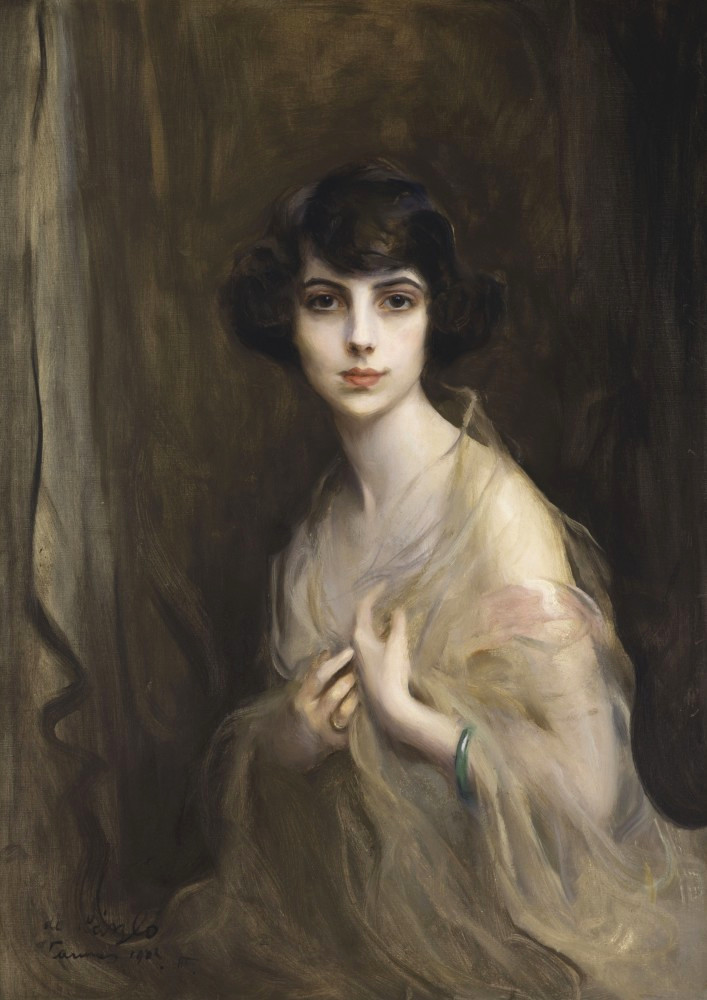
Princess Xenia Georgievna of Russia, Mrs. Leeds, Mrs. Jud (1903 – 1965)
Princess Xenia Georgievna of Russia was the younger sister of Princess Nina above. As young children, Xenia and her sister Nina played with the two younger daughters of Tsar Nicholas II, Grand Duchesses Maria Nikolaevna and Anastasia Nikolaevna. Xenia married twice. Her first marriage was to William Bateman Leeds, the son and heir of an American tin magnate. William’s mother, the very wealthy American widow, Nonnie May “Nancy” Stewart Worthington Leeds, had married Xenia’s uncle Prince Christopher of Greece, but Nancy died three years later due to cancer. Xenia and William had one child, Nancy Helen Marie Leeds, but their marriage ended in divorce after nine years. Xenia’s childless second marriage was to Herman Jud, who survived her.
Xenia is known for her involvement with Anna Anderson who claimed to be Xenia’s childhood playmate Grand Duchess Anastasia Nikolaevna. Xenia claimed that Anna Anderson was Anastasia, a claim we now know was false due to DNA testing. In 1965, at the age of 62, Xenia died in Glen Cove, New York.
Wikipedia: Princess Xenia Georgievna of Russia
***********************
Paternal First Cousin: Child of Prince Christopher of Greece and Denmark and Princess Françoise of Orléans
Prince Michael of Greece and Denmark (born 1939)
Prince Michael is the only child of Prince Christopher of Greece and Denmark and his second wife Princess Françoise of Orléans. Michael’s father died when he was less than a year old. Michael married Greek artist Marina Karella and the couple has two daughters. He is the author of several historical novels and biographies, and a contributing writer for Architectural Digest.
Unofficial Royalty: Prince Michael of Greece
***********************
Maternal First Cousins: Children of George Mountbatten, 2nd Marquess of Milford Haven and Countess Nadejda Mikhailovna de Torby
Lady Tatiana Mountbatten (1917 – 1988)
Lady Tatiana Mountbatten was mentally disabled. She was a train bearer at the wedding of her aunt Lady Louise Mountbatten to Crown Prince Gustaf Adolf of Sweden, later King Gustaf VI Adolf and Queen Louise of Sweden. Eventually, Lady Tatiana was placed in St. Andrew’s Hospital, a psychiatric hospital in Northampton, England, where she spent the rest of her life.
***********************
David Mountbatten, 3rd Marquess of Milford Haven (1919 – 1970)
David Mountbatten, 3rd Marquess of Milford Haven was the only son of George Mountbatten, 2nd Marquess of Milford Haven and Russian Countess Nadejda (Nada) Torby. He had a close relationship with his first cousin Prince Philip of Greece and Denmark. They both attended Dartmouth Naval College and David served as best man at Prince Philip’s wedding to the future Queen Elizabeth II of the United Kingdom. David married twice. His first, childless marriage to Romaine Dahlgren Pierce ended in divorce after four years. He then married Janet Mercedes Bryce and the couple had two children: George Mountbatten, 4th Marquess of Milford Haven and Lord Ivar Mountbatten. David Mountbatten, 3rd Marquess of Milford Haven died, aged 50, in 1970.
Wikipedia: David Mountbatten, 3rd Marquess of Milford Haven
***********************
Maternal First Cousins: Children of Louis Mountbatten, 1st Earl Mountbatten of Burma and Edwina Ashley
Patricia (Mountbatten) Knatchbull, 2nd Countess Mountbatten of Burma, Dowager Lady Brabourne (1924 – 2017)
Patricia (Mountbatten) Knatchbull, 2nd Countess Mountbatten of Burma, Dowager Lady Brabourne is a British peer in her own right and the elder of the two daughters of Louis Mountbatten, 1st Earl Mountbatten of Burma and his wife, the heiress Edwina Ashley. In 1946, Patricia married John Knatchbull, 7th Baron Brabourne and the couple had eight children. Upon the assassination of her father in 1979, Patricia succeeded to his titles as her father’s peerages had been created by the Crown with special remainder to his daughters and their heirs male.
Wikipedia: Patricia Knatchbull, 2nd Countess Mountbatten of Burma
***********************
Lady Pamela (Mountbatten) Hicks (born 1929)
Lady Pamela (Mountbatten) Hicks is the younger of the two daughters of Louis Mountbatten, 1st Earl Mountbatten of Burma and his wife, the heiress Edwina Ashley. She was a bridesmaid at the wedding of her first cousin Prince Philip and the future Queen Elizabeth II of the United Kingdom. Pamela was a lady-in-waiting to Elizabeth and was with her in Kenya when news of the death of King George VI was received. In 1960, Pamela married interior decorator and designer David Hicks, and the couple had three children including India Hicks who was a bridesmaid at the wedding of Charles, Prince of Wales and Lady Diana Spencer. Pamela has authored two volumes of her memoirs: India Remembered: A Personal Account of the Mountbattens During the Transfer of Power (2007) and Daughter of Empire: Life as a Mountbatten (2012).
Wikipedia: Lady Pamela Hicks
***********************
Works Cited
- Lundy, D. (2019). Main Page. [online] Thepeerage.com. Available at: http://www.thepeerage.com/. (for genealogy information)
- Unofficial Royalty. (2019). Unofficial Royalty. [online] Available at: https://www.unofficialroyalty.com. (for biographical and genealogy information)
- Wikipedia. (2019). Main Page. [online] Available at: https://en.wikipedia.org/. (for biographical and genealogy information)


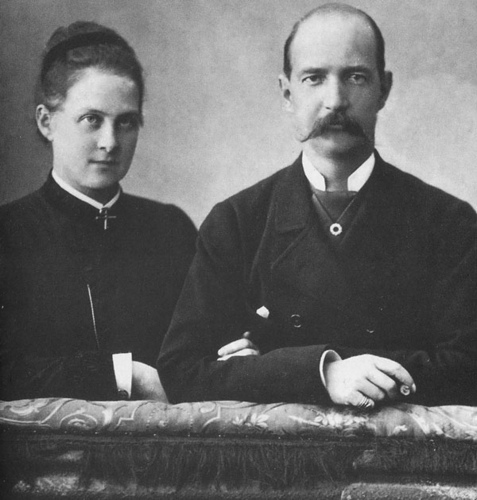














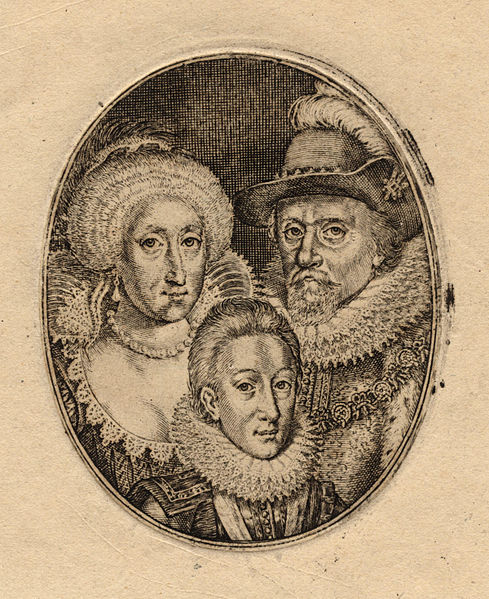

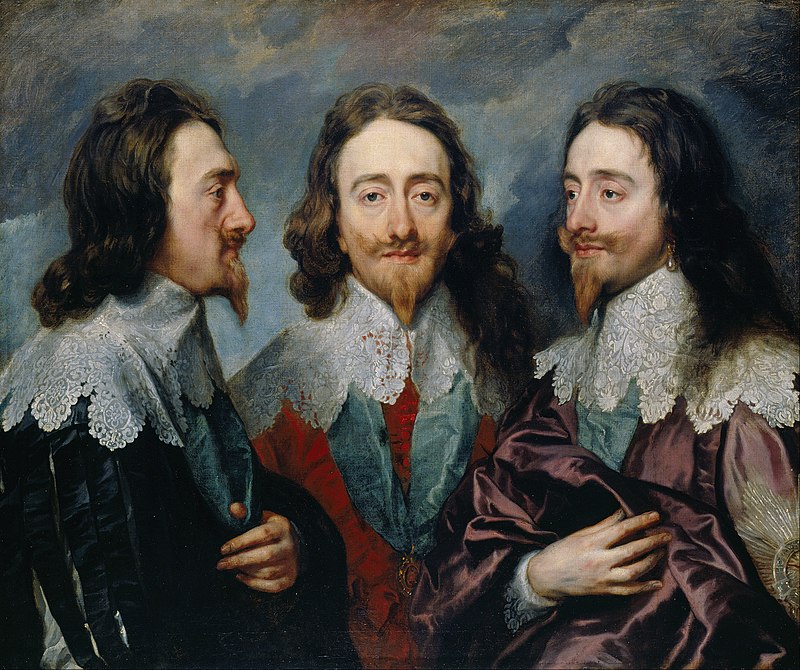

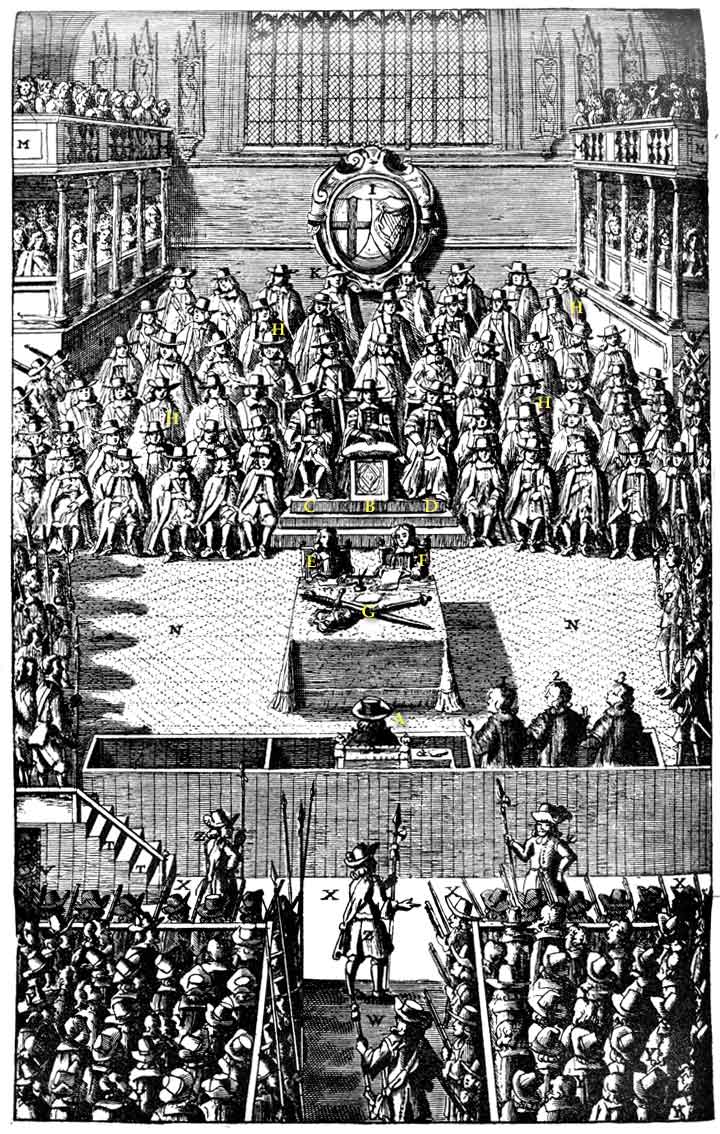








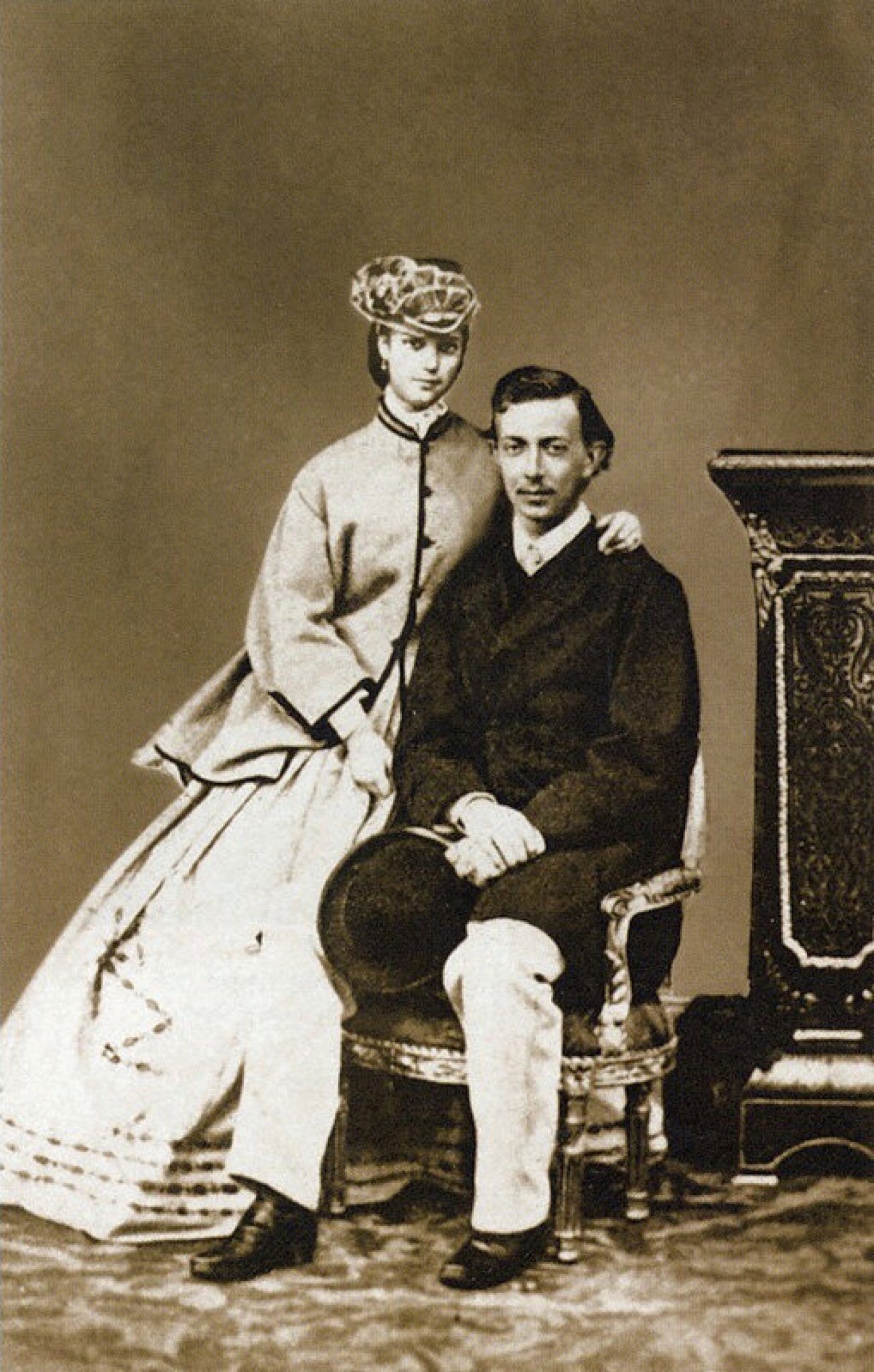




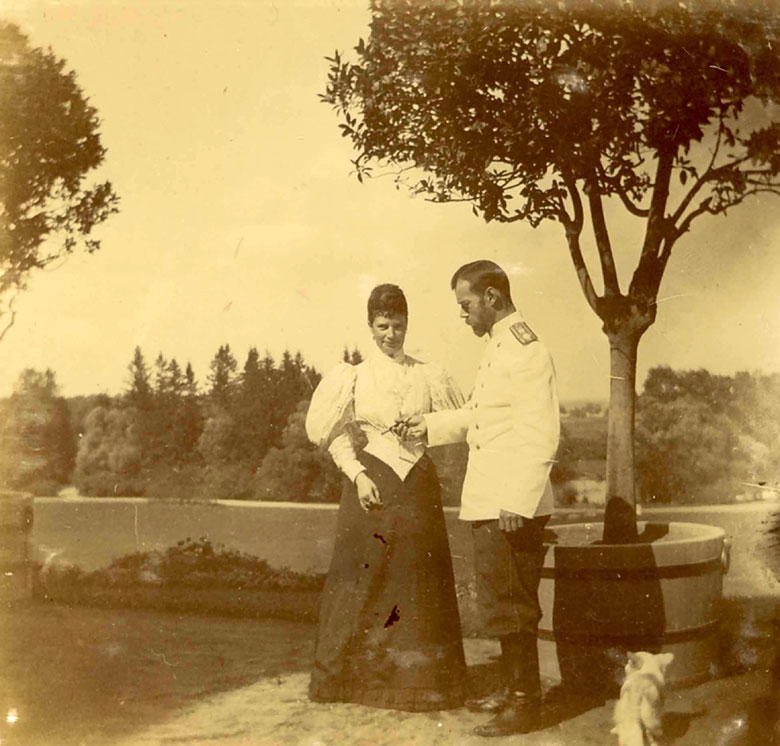
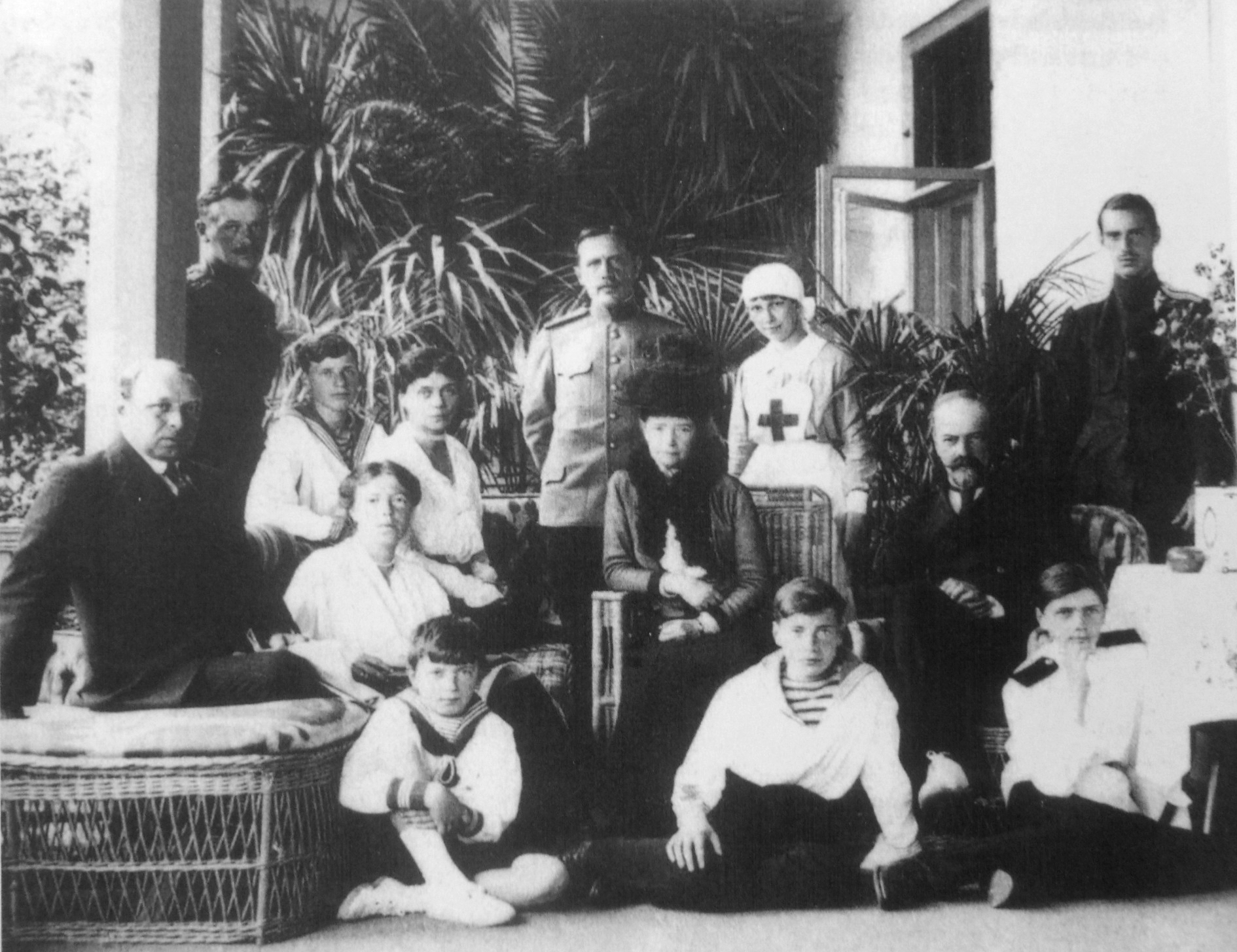
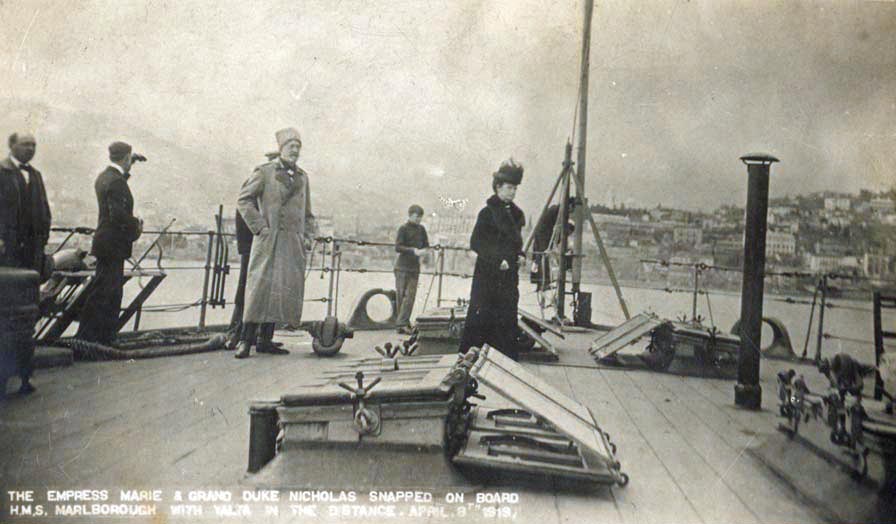





 Diana, Princess of Wales
Diana, Princess of Wales























